Beware The Black Vulture, Which Missouri Producers Say Is Picking Off Newborn Cattle
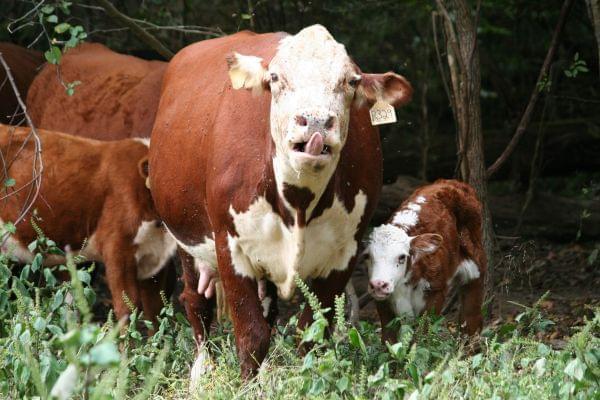
A Hereford cow keeps her baby close in one of the Beshers' pastures in southern Missouri. Megan Feeney/for Harvest Public Media
Standing in the pasture he planted with native grasses, Charlie Besher scanned gray autumnal skies as cows with swollen bellies lowed in the valley below. He hoped for rain. He hoped for safety for his herd. For now, the cellphone tower on the near horizon was empty, but by evening, black vultures would roost there again, often by the dozens.
If a cow had its calf overnight, there would be time for it to clean its baby up, to get rid of the afterbirth, before the black vultures took flight in the early morning. Maybe that would make it less attractive to the birds.
Besher and his wife raise cattle in two southeast Missouri counties. They’re among a growing population of producers who say they are losing calves and mother cows to black vultures that target soft tissues, such as the eyeballs and anus, until an animal dies or must be put down.
Some bird conservationists express skepticism that black vultures can depredate livestock, but Tom Cooper with the U.S. Fish and Wildlife Service said black vultures have always been both scavengers and predatory.
What’s new is that black vultures have expanded their range in the U.S. to include southern parts of Indiana, Ohio, Illinois and Missouri. Cooper said it’s likely happening because of warmer winters or the construction of cellphone towers, which make excellent roosting sites.
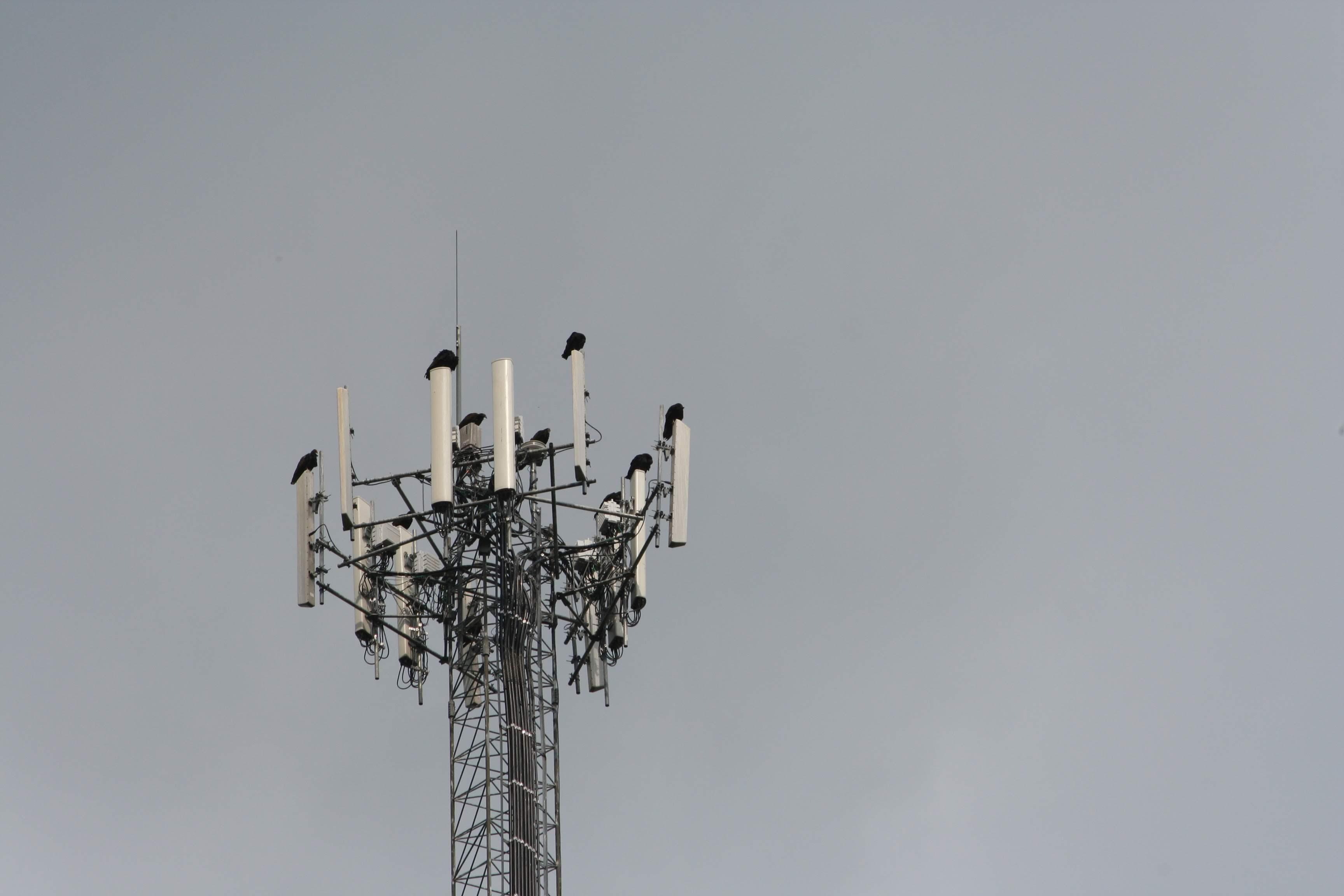
Black vultures roost in a cellphone tower near the Beshers' place. "By the evening, the top of those things will be black with buzzards," Charlie Besher said.
Producers lament the monetary loss — which can average $1,000 per calf — but they also grieve the violence of the death and the wasted time and effort.
“There’s nothing more gut-wrenching than a fresh-born baby with its eyes ripped out, bawling,” producer Jeff Reed said. “They either rip the navel out or the eyes. It’ll bring you to tears.”
Reed is growing his cattle operation on a century farm in Wayne County, Missouri. He had been excited about a newborn calf that had the same markings as its mother, and was killed by a black vulture.
“That one tore at me pretty good,” he said. “because that’s the genetics you want to move forward and then you come back and that’s stripped away.”
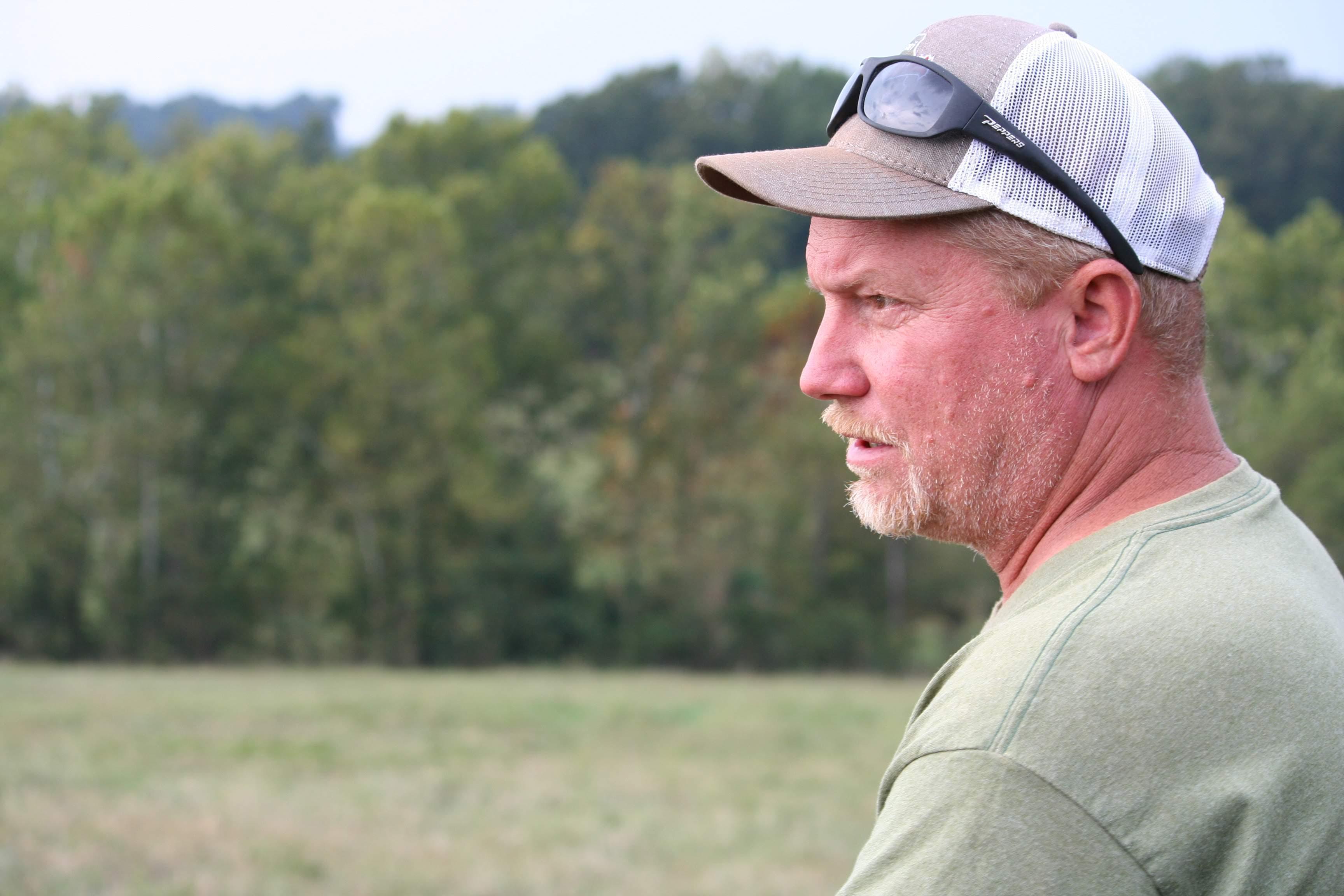
Cattle producers in the area call Charlie Besher "Mr. Vulture."
Federal permission
Black vultures have a 5-foot wingspan and weigh about four pounds. Although black vultures are protected by the Migratory Bird Treaty Act, a $100 kill permit is available through the U.S. Fish and Wildlife Service.
Producers who want to get a permit need to take two steps. First, they must get in touch with U.S. Department of Agriculture’s Wildlife Services to create a management plan. If that plan calls for a lethal take, they’ll need to apply to U.S. Fish and Wildlife Service for the permit.
The fact that there are two federal agencies involved is enough to strengthen some producer’s conviction that they’re better off following the “three S” approach — shoot, shovel and shut up.

U.S. Department of Agriculture's Wildlife Services provided an effigy of a vulture for the Beshers, which can be an effective way to keep vultures away.
Dan McMurtry, with USDA Wildlife Services, said while it might sound complicated, getting a permit is actually a straightforward process and only takes a few days. Producers also can protect cattle by moving calving mothers close to home, monitoring them and harassing black vultures.
Besher, who lost three calves and a cow to black vultures last calving season, adopted a multitactical defense this year, including use of pyrotechnics to harass the birds. He also had the USDA’s Wildlife Services deliver and hang an effigy.
Besher has made it his mission to educate other producers in the area about his experience. He discovered many producers didn’t even know what had happened to their animals, because it was so new.
Eric Fuchs, another producer in Wayne County, said it started with his herd a couple of years ago, when he found one of his cows that had been down for calving still alive, but her tail was missing and there were scratches on her back.
“I had noticed a different bird around and got to asking about it,” he said.
Vultures’ upside
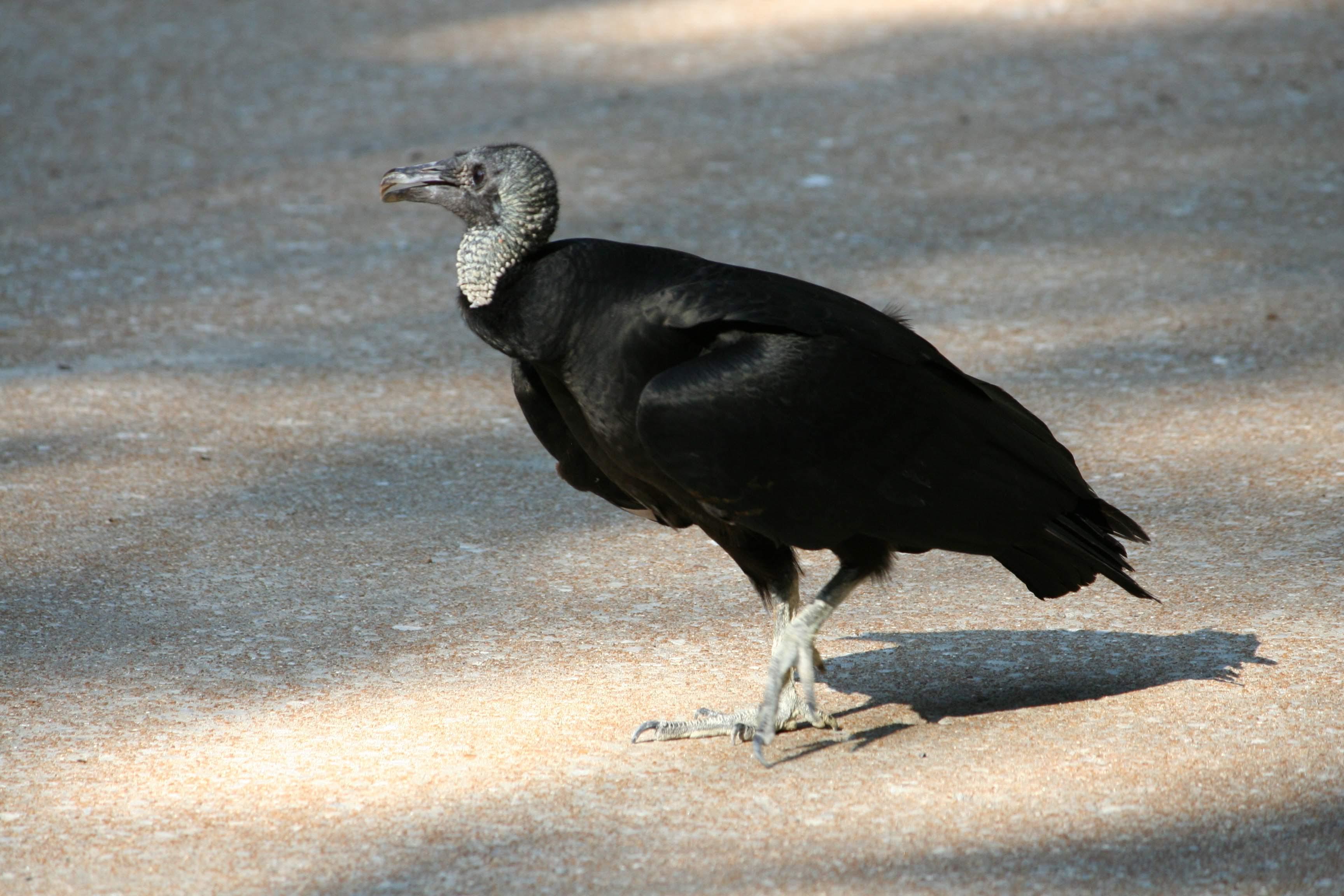
There are an estimated 4.26 million black vultures in the Atlantic and the Mississippi flyways. This vulture lives at the World Bird Sanctuary near St. Louis.
Vultures have their benefits. In Africa and Asia, poisoning has collapsed vulture populations, creating dire public health consequences because vultures have the ability to process deadly diseases, like botulism, leprosy and rabies, and stop them from infecting others.
“But the problem is we’ve got way too many now,” said producer Stan Buffington, who reported losing 16 calves to black vultures on his southeast Missouri farm last year.
Dawn Griffard, the executive director of World Bird Sanctuary in Valley Park, Missouri, said the healthy vulture population needs to stay that way. She pointed to India, which saw its vulture population decline by 99% due to widespread use of the anti-inflammatory drug diclofenac in cattle. It poisoned vultures scavenging the carrion, and secondary scavengers (rats and dogs) became carriers of disease.
“We could end up just like India, unsuspecting and reaping the consequences,” said Griffard.
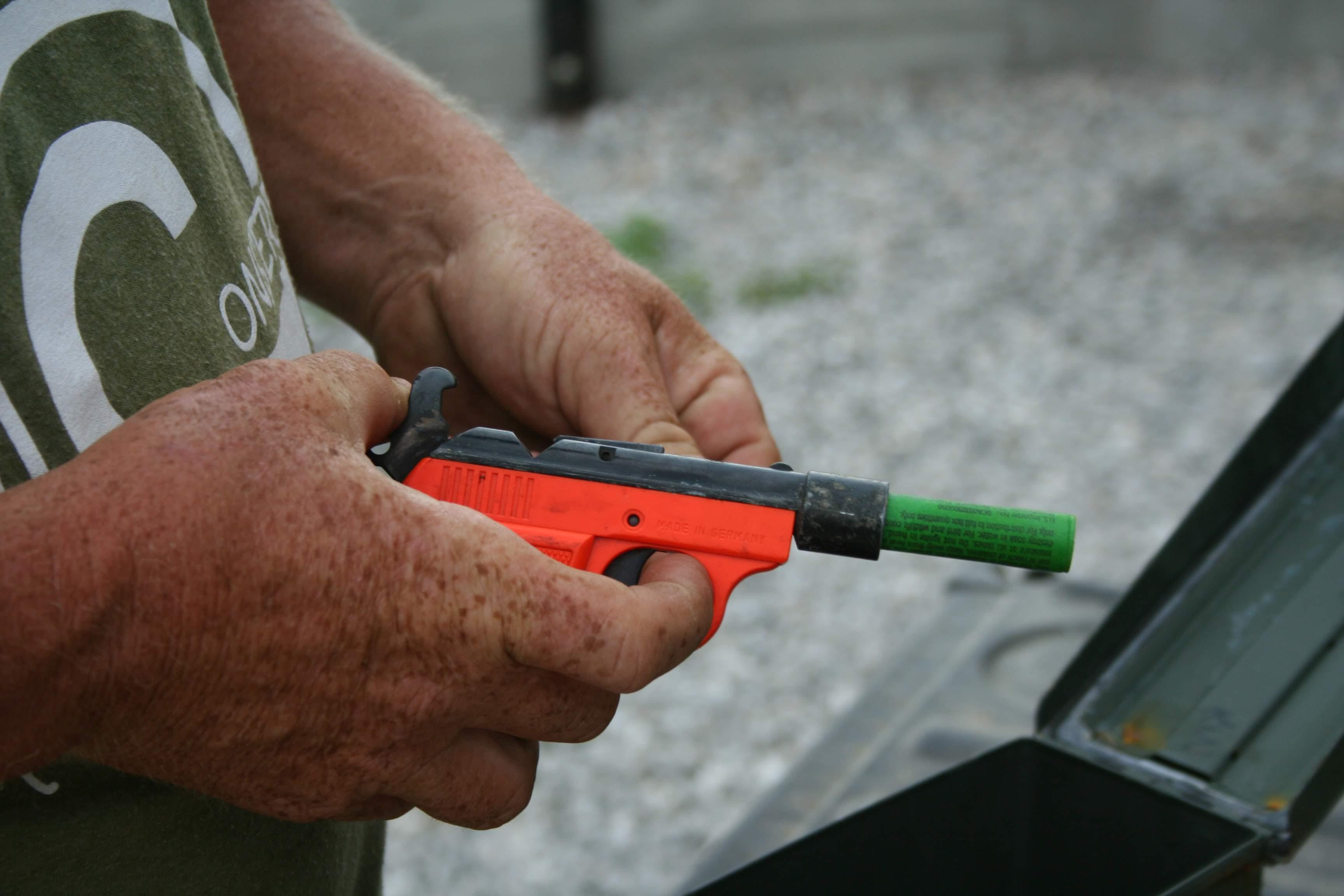
Charlie Besher demonstrates the pyrotechnics supplied to him by the USDA's Wildlife Services to harass black vultures.
Even though Cooper at U.S. Fish and Wildlife Service has never denied a permit for black vulture take, he said the level of lethal take approved from his office does not threaten black vulture populations.
Some bird conservationists have proposed using natural solutions to protect livestock, like beehives or guard dogs.
But Buffington said his four Great Pyrenees, which have warded off a mountain lion and regularly kill coyotes, aren’t much help against black vultures.
“I mean you got 50 up there, a few fly down, and Great Pyrenees runs in and runs one away, and they fly back down,” Buffington said. “It just could keep-a-going, keep-a-going all day long.”
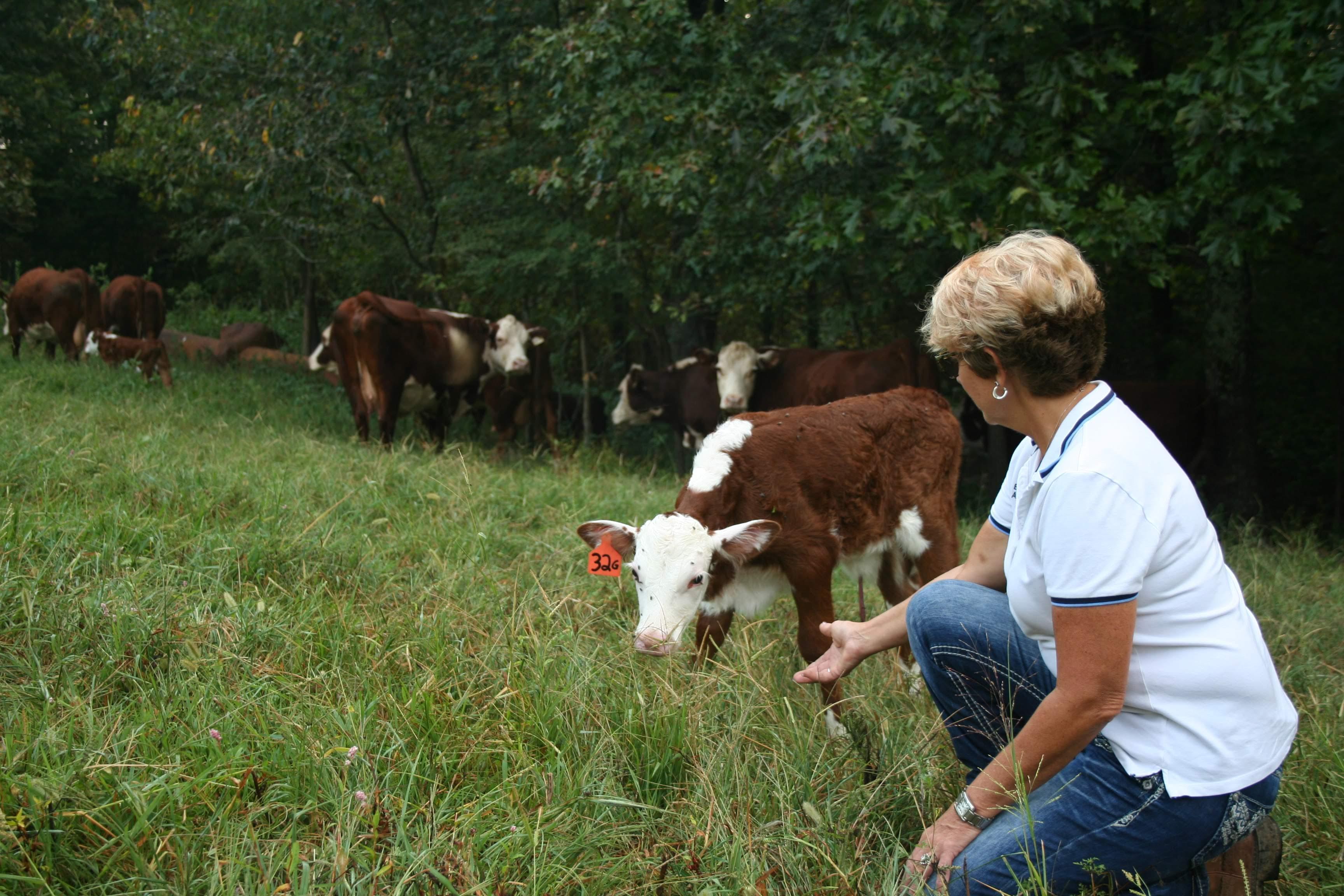
Donnia Besher checks on her calves in the pasture by her house. She says that last year, her and her husband lost three calves to black vultures. "You worry," she says. "You lose a lot of sleep.
And several conservationists at World Bird Sanctuary believe that the depiction of vultures preying on newborn calves is part of a false historical narrative demonizing the bird. Really, the conservationists say, the birds are just cleaning up.
Reed once shared this skepticism, until he saw it happen.
“The aggressiveness of the buzzard that we’re dealing with is not the one that flies off and runs away like people would see on the side of the road,” Reed said. “We’ve had them fly down extremely close to us or be brazen enough to come when we’re right there and still pecking eyes out of a calf that’s still alive.”
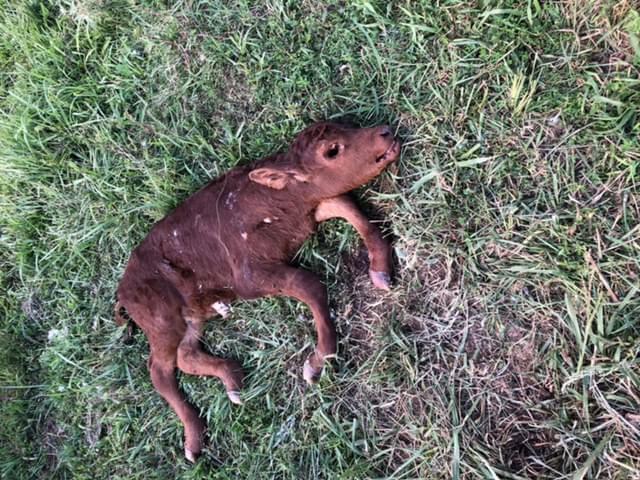
A picture of a calf that had been attacked by a black vulture in Missouri.
Producers shared photos of their injured and killed cattle with Harvest Public Media, but none document the moment of attack. No one is going to take a video of that, Besher said.
“We’re getting a gun out,” he said. “It’s not a camera. We’re getting a gun.”
World Bird Sanctuary is seeking funding to build facilities to breed species of vultures that have been decimated elsewhere, so that they may one day reintroduce them into the wild.
In the meantime, Missouri producers will continue to protect their cattle by any means necessary.
Megan Feeney is a freelance journalist based in southeast Nebraska. She can be reached at meganmariefeeney@gmail.com.
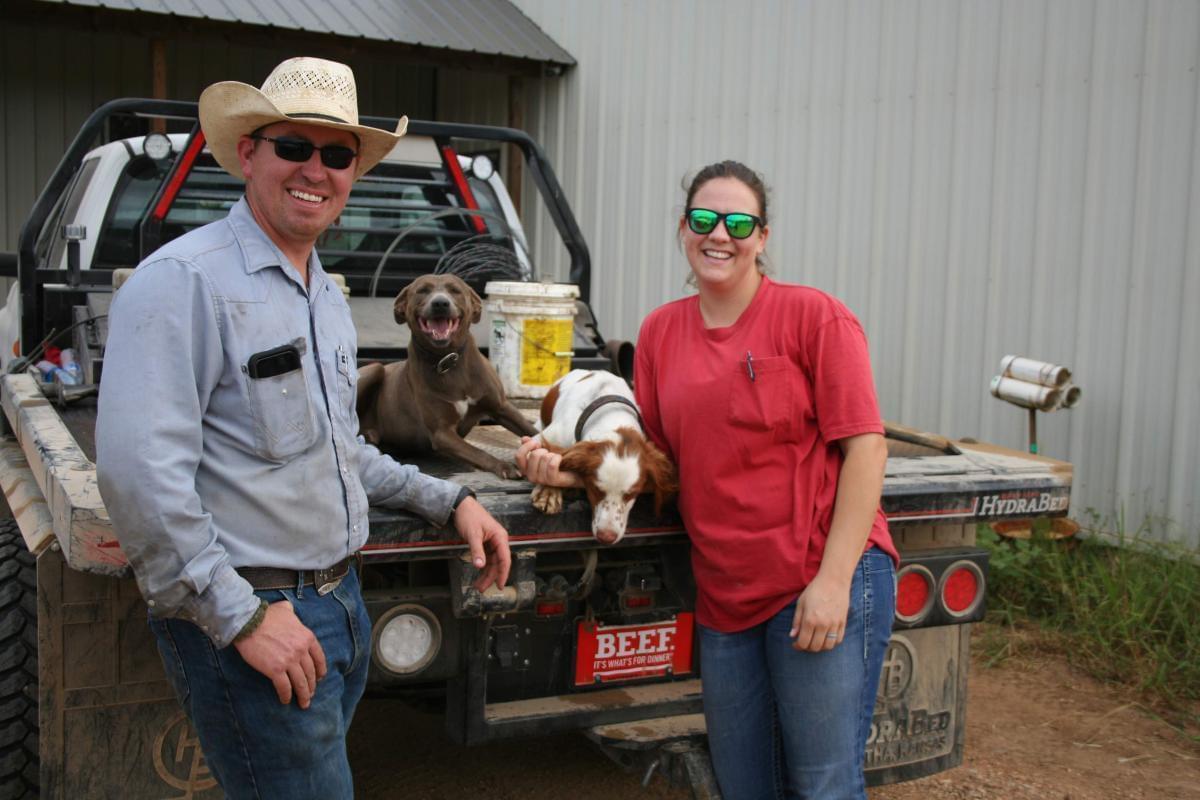
Jeff Reed and his wife Andrea run the famiy's century farm in Wayne County, Missouri. "The aggressiveness of the buzzard that we're dealing with is not the one that flies off and runs away like people would see on the side of the road," Jeff Reed says. "We've had them fly down extremely close to us or be brazen enough to come when we're right there and still pecking eyes out of a calf that's still alive."

